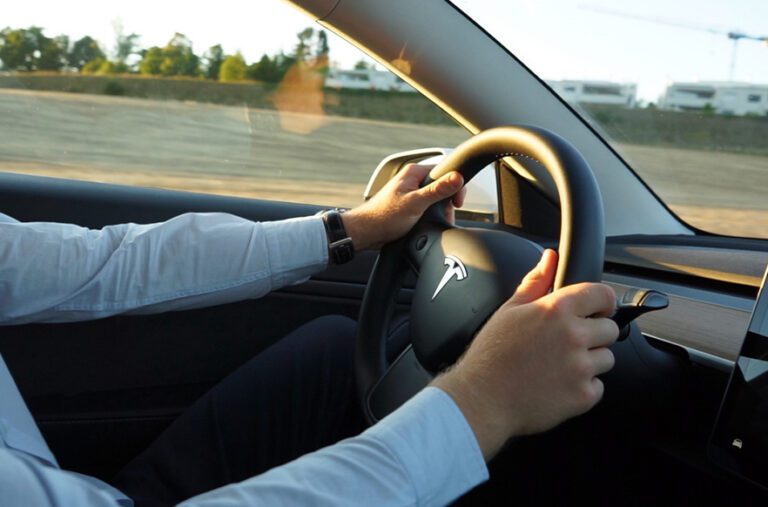News
Whitepapers
Corporate mobility as the key to a traffic turnaround
September 19, 2022
Whitepapers

The term mobility turnaround is on everyone’s lips. Cities struggle with congestion and are increasingly being asked to initiate a net zero transport policy. But these initiatives are justified. 39% of Switzerland’s total greenhouse gas emissions comes transport and 69% of that is attributed to passenger vehicles [1]. Transport is the largest CO2 emission contributor in most of the developed countries [2]. Moreover, the transport sector emissions rose by more than 33% in the EU [3] and 79% globally [4] since 1990. Thus, decarbonization of transport is likely to become the fundamental economic principle of the future.
But change is rarely easy. The car has long since become a powerful symbol of our individuality, our self-determination, and even our industrial culture. For this reason, discussions about a traffic turnaround are usually debated in a particularly emotional way. Precisely for this reason, it is worth taking a look at the facts: On average, a car in Switzerland is idle for 23 hours a day [5]. This corresponds to a utilization rate of only 4%. Furthermore, even when driving, only 1.6 seats are usually occupied [6], resulting in a driving utilization rate of only 32%. If we combine these two facts, we arrive at a seat utilization rate of only 1.3%. This is a catastrophic utilization rate which demonstrates a great inefficiency – and therefore a great opportunity.
For this reason, many cities have declared war on congestion and especially on private motorized transport. Some cities such as Oslo, Paris and Madrid have forced the private car out of their centers, at least partially. Some municipalities are even toying with the idea of abandoning private vehicle ownership and relying instead on vehicle fleets. “Use instead of own” is the motto. Residents no longer own the cars but share the use of readily available rental cars. The advantages for cities are obvious: rental cars reduce the need for parking spaces, cut the number of cars in city centers and, as e-cars, also reduce emissions.
Basically, the agenda for a traffic turnaround is obvious. The total Swiss fleet of 4.7 M [7] passenger cars may be significantly reduced. But what would make people give up their own cars? The answer is obvious. The alternative(s) to owning a car must be expanded, improved and interconnected in a user-friendly way. It is not a question of whether public transport, (e-)bikes, (e-)scooters or car sharing would be a single alternative. It is about digitally supported networking of this multimodal mobility chain with easy access for all citizens.
Want to find out more about how the Urban Connect’s Mobility-as-a-Service offering can revolutionize your company? Fill in the form below and receive the full white paper in your mailbox!